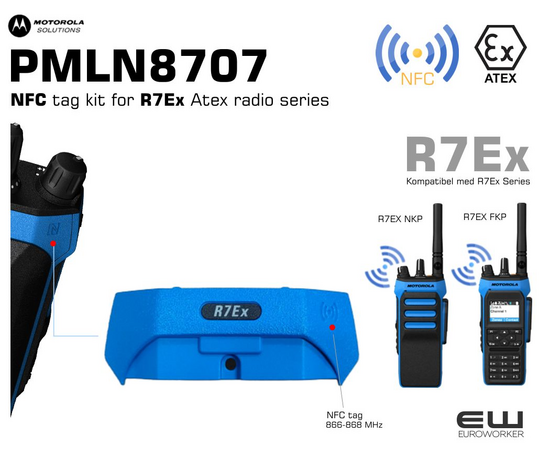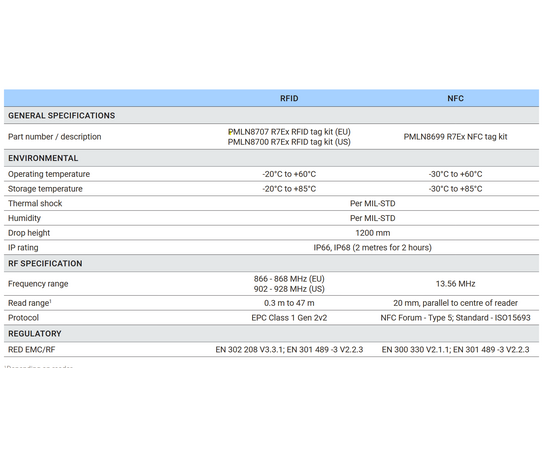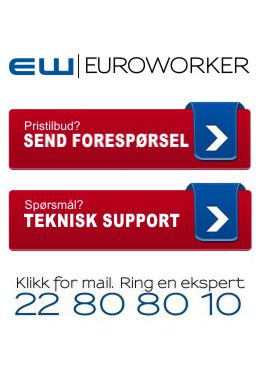Motorola PMLN8707 NFC Tag Kit for R7Ex (Atex)
- Back Bezel Kit With NFC Tag for R7Ex
- Tap NFC mot enheter for registrering eller sammenkobling mot enheter
Keep track of what’s important
Contactless technology uses radio waves to
identify individual assets, allowing users to
benefit from features such as asset tracking,
inventory management, and personnel
identification. These cost-effective ID-
tracking tools help manage loss prevention,
streamline operations, boost productivity
and enhance safety protocols.
The MOTOTRBO™ R7Ex contactless solution provides
a passive RFID or NFC tag that doesn’t add any
cumbersome fittings or increase the size of the radio.
The tag type and placement have been specifically
selected and tested to ensure they cause no interference
to, or impact on, the performance of the radio. Each tag
has a unique identification number built in, allowing the
radio to be tracked and managed. The tags are supplied
embedded in a radio bezel, which is marked with an
identifier logo so users can easily see if their R7Ex radio
is fitted with an RFID or NFC tag.
Enhance safety standards
The R7Ex arms workers with reliable,
integrated tools to help stay focused and
connected in dynamic environments.
RFID & NFC tags enhance this
commitment, providing a user-friendly
solution to location and access
control. Simply hold an R7Ex against
a checkpoint within your facility to
confirm position, transmit a status to a
centralised unit, or scan the R7Ex to gain
access to a restricted area.
Boost efficiency In tracking
and loss prevention
Managing a large fleet of devices is time-consuming
and fraught with human error. Manual recording,
weathered barcodes and busy work days can cause
delays and mistakes, leading to untracked devices and
wasted investment. RFID tags help keep track of radios
out in the field and upon return, allowing a quick scan of
multiple devices at once.
Shift change delays affect workflow and morale, slowing
productivity and putting undue pressure on management.
Contactless technology reduces this operational
downtime as employees can quickly check out their R7Ex
device from the inventory pool, then re-scan to check
back in when shift has ended.
RFID
RFID technology uses radio waves to communicate between an unpowered tag (transponder) and a powered reader with an antenna. RFID tags can be either:
-
Active: These tags have their own power source.
-
Passive: These tags have no internal power source and are powered by the electromagnetic field generated by the reader.
RFID systems are useful for tracking and managing items, such as monitoring logistics material and product flows in real time.
NFC
NFC is a technology standard based on RFID that also doesn't require an internal power source to function. It allows for wireless information transfer over small distances (just a tap).
Unlike general RFID, NFC technology can be integrated into devices, making it a cost-effective solution as dedicated devices aren't always needed.
Usages and Benefits
Both RFID and NFC offer significant benefits:
-
Improving patient safety: By providing fast and interactive access to crucial information.
-
Streamlining processes: They optimize workflows in various settings, by automating data collection and improving inventory management.
-
Reducing overheads: The low cost of deployment and the ability to integrate with existing devices make these technologies economically viable.






